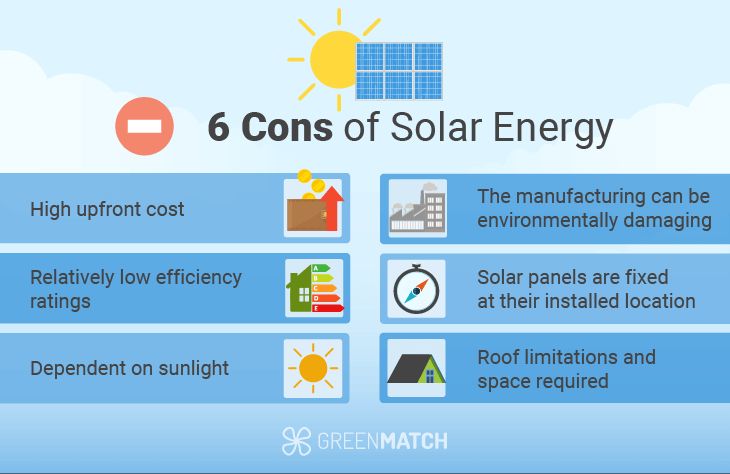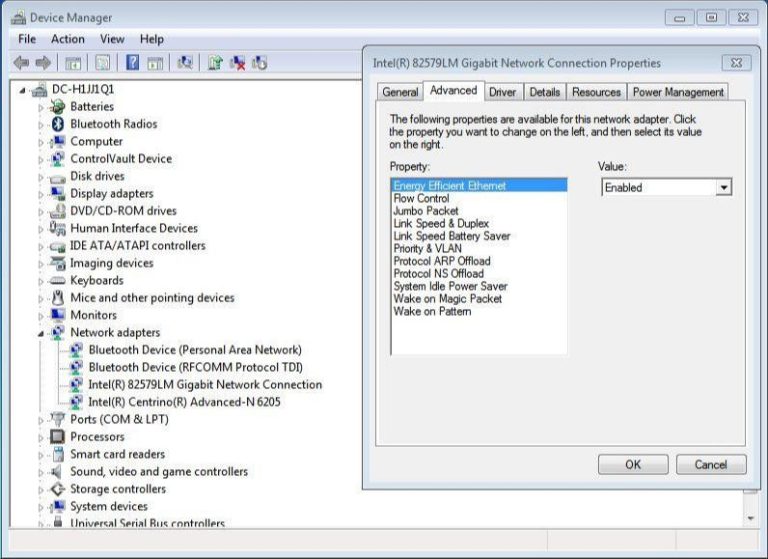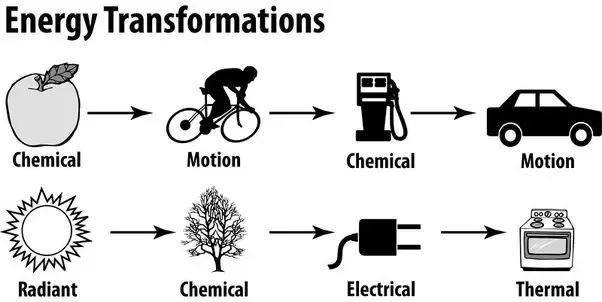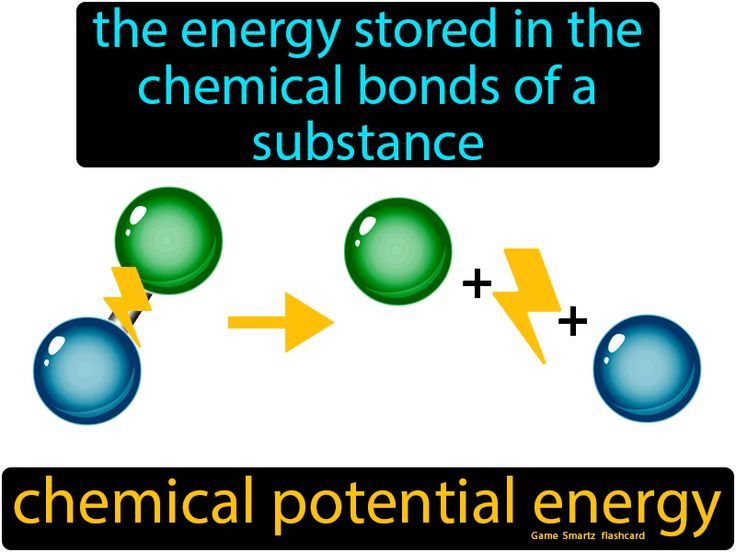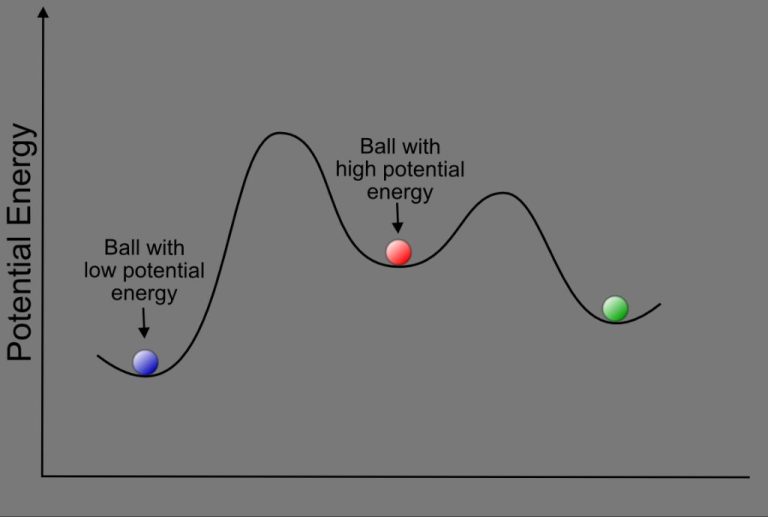What Is Energy In Terms Of Electrical?
Electrical energy is energy carried through wires or any other electrical conductors as a flow of electrons or electric current. It is typically produced at power plants using electromagnetism by moving a magnetic field past a conductor to induce a current, most commonly in the form of electricity. Electrical energy powers much of modern society, from lighting and appliances in homes and buildings to computers and industrial machinery.
At power stations, mechanical energy is used to drive electric generators which convert mechanical energy into electrical energy by electromagnetic induction. The electrical energy is then distributed through transmission lines to substations where transformers step up or step down the voltage for distribution to end users. Electricity arrives at homes and businesses through distribution lines and is fed into the electrical wiring system to power lights, outlets, and devices.
Measuring Electrical Energy
Electrical energy is measured using several standard units:
- Voltage (V) – Measures the “push” or pressure of electricity. It is measured in volts.
- Current (I) – Measures the flow rate of electricity. It is measured in amperes.
- Resistance (R) – Measures the opposition to current flow. It is measured in ohms.
- Power (P) – Measures the rate of energy transfer. It is measured in watts.
These units are related by Ohm’s Law:
Voltage = Current x Resistance
Or: V = I x R
Power is calculated using:
Power = Voltage x Current
Or: P = V x I
So by measuring voltage and current, we can determine the power usage of an electrical device or system. Power is typically measured in watts or kilowatts over a period of time to determine energy usage.
Generating Electrical Energy
Electricity is generated through various methods that involve converting mechanical energy or chemical energy into electrical energy. The most common methods for generating electricity on a large scale are:
Fossil Fuels
Fossil fuel power plants burn coal, oil or natural gas to produce high pressure steam that spins a turbine connected to a generator to produce electricity. Fossil fuels are burned inside a boiler to heat water and convert it into steam. The steam then pushes on blades in a turbine, causing it to spin. The spinning turbine turns electromagnets inside a generator, which produces electricity through electromagnetic induction.
Nuclear Power
Nuclear power plants use the heat from nuclear fission reactions to convert water into steam and spin a turbine. Uranium rods in the nuclear reactor produce enormous amounts of heat through controlled nuclear fission. This heat is used to boil water into steam that pushes on the turbine blades to spin it. The spinning turbine activates electromagnets in a generator to produce electricity.
Renewable Energy
Renewable energy sources like wind, solar, hydroelectric and geothermal can also be used to generate electricity. Wind turbines use the kinetic energy of wind to spin turbines. Solar panels convert sunlight directly into electricity using the photovoltaic effect. Hydropower plants use flowing water to spin turbines and produce power. Geothermal plants tap into underground heat to convert water into steam to drive turbines.
In all these methods, the key principle is using mechanical rotation to spin coils of wire inside a generator. This induces a magnetic field that pushes electrons and creates an electric current. So whether it’s steam, wind or water flow, the turbine rotation enables generators to produce electricity from various energy sources.
Transmitting Electrical Energy
Electricity is generated and consumed in different locations, so it needs to be transmitted over long distances. This is accomplished using the electric grid, which is a complex network of transmission lines, substations, transformers, switches and other equipment.
The transmission of electricity begins at the power plant, where step-up transformers increase the voltage to hundreds of thousands of volts. This allows the current to flow more efficiently through the transmission lines with less loss of power. The high voltage also ensures safety, as it reduces the current flow and lowers the risk of electrocution.
The transmission lines carry this high voltage power to substations near demand centers like cities. Here step-down transformers reduce the voltage down to safer levels for distribution to homes, businesses, factories, etc. The transformers play a crucial role, as they allow the voltage to be increased for efficient transmission over long distances, and then decreased for safe end use of the electricity.
The electric grid enables reliable delivery of power across vast distances. The coordinated use of high voltages and transformers makes it possible to move large amounts of electrical energy from the points of generation to where it is utilized by consumers.
Storing Electrical Energy
Energy storage plays an important role in electrical power systems and applications. There are various ways to store electrical energy for later use when needed. Two common methods for storing electrical energy on a small scale are batteries and capacitors.
Batteries are electrochemical devices that convert chemical energy into electrical energy. They contain two electrodes immersed in an electrolyte. During discharge, a redox reaction occurs in the battery which generates an electric current that can be used to power electrical devices. Batteries can store energy chemically for long periods.
Capacitors are electrical components that store electric charge on conductive plates separated by a dielectric. Charging a capacitor separates positive and negative charges across the dielectric, creating an electric field that stores energy. Capacitors can rapidly charge and discharge for high power applications.
For large-scale energy storage, solutions like pumped hydro and compressed air energy storage are used. Pumped hydro plants store energy by pumping water uphill to a reservoir at higher elevation. When electricity is needed, the water flows back downhill through turbines which generate power.
Compressed air energy storage uses electrical energy to compress air into an underground reservoir. When electricity is needed, the compressed air is released to turn a turbine and generate power. These grid-scale technologies provide ways to store large amounts of energy to better balance electricity supply and demand.
Electric Circuits
Electric circuits provide a path for electric current to flow and do useful work. The most basic circuit components are wires, resistors, inductors and capacitors. Wires provide the conductive path for current to flow, while resistors resist the flow of current, inductors store energy in magnetic fields, and capacitors store electric charge.
The most fundamental law in analyzing electric circuits is Ohm’s law. Ohm’s law states that the current through a conductor between two points is directly proportional to the voltage across the two points. Introducing the constant of proportionality, the resistance R, Ohm’s law is mathematically stated as:
V = IR
Where V is the voltage measured in volts, I is the current measured in amps, and R is the resistance measured in ohms. Using Ohm’s law, we can analyze any electrical circuit configuration to determine the current, voltage, and resistance.
When multiple resistors are connected in series, their resistances simply sum. For resistors in parallel, the reciprocal of the equivalent resistance is the sum of the reciprocals of the individual resistances. These basic rules allow complex resistor circuits to be broken down and analyzed.
Inductors and capacitors introduce dynamics into circuits based on their storage of energy over time. This leads to considerations of changing currents and voltages for analyzing AC circuits. But the same principles of Ohm’s and Kirchhoff’s laws apply for both AC and DC electric circuits.
Alternating vs Direct Current
Electricity comes in two main forms: alternating current (AC) and direct current (DC). The key difference between AC and DC is that the flow of electric charge in AC constantly changes direction, whereas the flow of electric charge in DC is always in the same direction.
AC is the form of electricity delivered to homes and businesses. AC allows voltage to be increased or decreased easily with a transformer. This allows efficient transmission over long distances. Most household appliances run on AC power.
DC is the form of electricity produced by batteries, solar cells, and fuel cells. Since the current flows in only one direction, DC can be used to power electronics like laptops, cell phones, and LED lights. DC is also used in automotive and marine applications.
In summary, AC is ideal for transmitting power over long distances and operating motors, while DC is best suited for electronic circuits and battery-powered devices. The ability to convert between AC and DC with devices like rectifiers and inverters allows us to power all modern electrical devices.
Electric Power and Energy
Electrical power and energy are fundamental concepts for understanding electricity. Power refers to the rate at which electricity is generated or consumed, measured in watts. Energy refers to the capability to do work over time, measured in watt-hours.
Power (P) is defined as the rate of energy transfer or energy consumption. It is calculated by dividing the amount of work (W) done by the time (t) it takes:
P = W/t
In electrical systems, power is calculated by multiplying voltage (V) by current (I):
P = VI
Energy (E) is the capacity to do work. It is power exerted over a period of time:
E = P x t
Electrical energy is commonly measured in kilowatt-hours (kWh). Understanding power and energy usage is important for calculating electricity costs. For example, a 100W lightbulb used for 1 hour consumes 0.1 kWh of energy. At an electricity rate of $0.15/kWh, that 1 hour of lighting would cost $0.015.
Electricity Safety
Electricity can be extremely dangerous if not handled properly. Some of the main hazards and risks associated with electricity include:
- Electric shock – This occurs when a person comes into contact with an exposed live wire or a device with faulty insulation. Electric shock can result in burns, heart arrhythmias, neurological damage, and even death.
- Electrical fires – Faulty wiring, overloaded circuits, and electrical equipment malfunctions can all spark electrical fires. These fires can spread rapidly and cause severe property damage and injury.
- Arc flashes – These are explosive bursts of plasma that result from short circuits. The intense heat and blast force can severely burn skin and damage eyes.
To mitigate these risks, proper safety practices and protective equipment should be used when working with or around electricity, including:
- Insulated tools and rubber mats
- Safety switches and residual current devices
- Arc flash suits, hard hats, and face shields
- Insulated gloves and footwear
- Lockout/tagout procedures to deactivate equipment
- Warning signs and barricades in hazardous areas
With proper precautions, the hazards of electricity can be minimized. Safety should always be the top priority when working with electrical systems.
Applications of Electricity
Electricity powers countless devices and systems that we depend on every day. Here are some of the major applications of electricity in homes, businesses, industries, and beyond.
In homes, electricity runs lighting, appliances, security systems, entertainment systems, and more. Common electric appliances found in most homes include refrigerators, stoves, microwaves, washers, dryers, dishwashers, vacuum cleaners, air conditioners, fans, and televisions. Electricity also powers computers, tablets, smartphones and other electronic devices that many people use on a daily basis.
In businesses, electricity runs lighting, heating/cooling systems, elevators, security systems, cash registers, computers, servers, networking equipment, and machinery. Manufacturing facilities use electricity to power industrial equipment and robots on assembly lines. Electricity allows modern workplaces to function efficiently.
Major industries like agriculture, mining, manufacturing, and construction rely heavily on electric power. Electric pumps are used to pump water for crops. Electric motors run factory machinery. The mining industry uses electricity to power drills, lighting, ventilation systems and more. Construction tools and equipment such as power tools, cranes, bulldozers and elevators need electricity to operate.
Electricity also enables key infrastructure systems that are vital to modern civilization. Mass transportation systems like railways and electric buses require electricity to run. Water supply and sewage systems are powered by electric pumps. Electricity runs traffic lights and street lamps that are critical for public safety and transportation.
Some emerging and future applications of electricity include electric vehicles, renewable energy such as solar and wind power, smart home automation systems, wireless charging, and more efficient industrial processes. With technological advances and shifting energy needs, electricity will continue to transform the way we live, work and get around.

